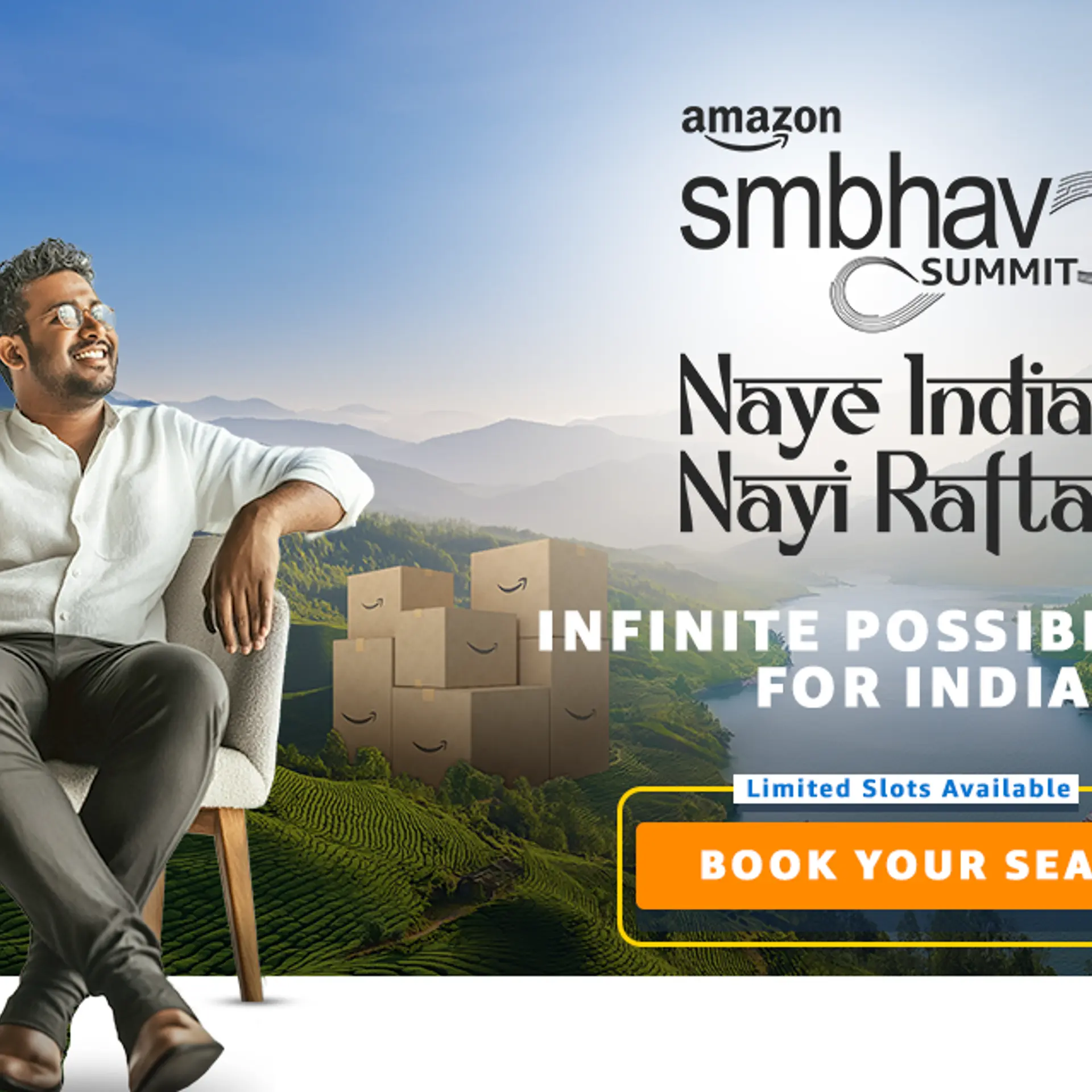Bangalore based Publishers create platform for budding writers across the Globe - The Reading Hour Story
Friday October 21, 2011 , 6 min Read

Today's city dweller is always rushed for time. Amidst the pressures of work, study, family, travel, and so on, setting aside reading-time is a fast disappearing luxury. And yet, reading is one of the most tranquil but stimulating activities.In conversation with Arun Kumar, co-founder of Reading Hour, tells Abhilasha Dafria for YourStory.in how his magazine aims to bring out closet writers and become a platform for new talent, as well as encourage the reading habit among those, who find novels a challenge on their time!
Tell us about you, your background and tell us about your magazine. What exactly is Reading Hour?
Reading Hour is a bimonthly print magazine featuring short stories, poetry, essays, interviews and more by Indian writers, both established and new. We launched in January 2011, and our 6th issue (Nov-Dec 2011) will be out soon. Reading Hour is available for annual subscription (both print and electronic) on our website http://readinghour.in. Individual copies can be bought online at flipkart.com as well as at leading stores across the top cities in India.
Vaishali Khandekar and I (Arun Kumar) started Reading Hour as the first publication from our company Differsense Ventures LLP, after several years of working in leading roles at the corporate world.
So how did you come up with this idea?
We have both always been passionate about reading. Sometime ago, we were looking for a magazine that features interesting, short reads for an Indian audience, but could not really find such a magazine in English. While several such magazines do exist in regional languages, the fact is that a large section of Indian city dwellers are becoming single language readers, and that language happens to be English. We felt Reading Hour could fill this gap, and also serve to bring original creative writing in English to the fore, as well as provide translations of good quality regional writing.
Since when are you operational?
We started our venture in October 2010, while the first issue of Reading Hour came out in January 2011.
How big is your team?
Currently, we are an extremely small team – it’s just the two of us. Which means we do everything – from selecting the contents, to editing, right up to lugging parcels around and supplying to stores! All our writers are external contributors from varying backgrounds. Some have full time jobs, and write in their free time, others are full time freelance writers. In the near future, we do not see us hiring any full time writers on the team.
Where are you based? Which countries and cities have you had your contributions from?
We are based in Bangalore and the magazine is available across India. As far as contributions go, we have got them from around the world! We have had articles contributed by writers in Africa, USA, New Zealand, Singapore and so on. Within India, we have had writers from small towns as well as major metros.
Approximately how many contributions do you have in a month?
We get close to a hundred submissions every month, now that more and more writers are aware of Reading Hour. We select a few for the print magazine that we believe match its style and content best. A few of the pieces which don’t make it to the print magazine, we share with our friends on Facebook and our website.
Are these contributed stories theme-centric?
As of now, we do not keep our issues theme-centric. We believe, this gives Reading Hour a wider variety and our readers seem to like that as well. Several have written in to us, mentioning that they appreciate the width and quality of our content, and indicating that this keeps them dipping into the magazine again and again!
How many unique visitors visit your site everyday?
Currently we have over 250 unique visitors every day. And on our Facebook page(facebook.com/readinghour), we have more than 11,000 friends who follow our updates and read our content.
How does your revenue model work?
Like any magazine, ultimately, it is advertising revenues that enable a publication to sustain. We are fortunate that we have had a few supporters who have taken ads in our issues so far. However, we definitely need more brands who target a well read, urban and upmarket audience to advertise with us. After all, Reading Hour is a medium with above average engagement and repeat-read value.
Is there any other way you make money other than ad revenue?
Apart from ads, our revenue comes from subscriptions and sales of the print magazine. We are looking for other ways to augment this.
Are there other players in the market doing similar things? What is your USP?
We do not really believe that there is any other such offering in the market! Yes, the online space is flooded with magazines that feature creative writing. In the print space we think our content mix is quite unique at present. And that really is our USP. Another differentiator is that we encourage new talent as well.
Can you share with us some interesting trends about the market that you are trying to capture?
Well, of course the most interesting trend that we follow and need to stay on top of is the changing nature of reading itself. The amount of content that is freely available on the internet, the advent of tablets and e-readers, the ability for writers to reach out to an audience directly through the web – these are all momentous changes. However, our role is perhaps of a curator of quality content, and not tied to a particular medium as such. When there is a vast amount of content out there, you look for someone who can bring you the reading matter that you are most interested in. For an audience that seeks quality Indian writing in English, we aspire to be that source.
How has the response to your issues thus far been and what is your greatest challenge here on?
The response to our issues thus far has been encouraging, from journalists, critics, writers and readers. But of course, growing our readership is imperative as also improving the awareness of Reading Hour further. Advertising support of brands and companies that buy into our vision and would like to help us along this exciting journey is critical!
Check out Reading Hour for further details.






